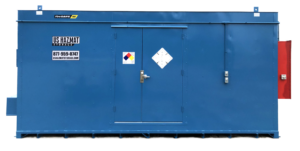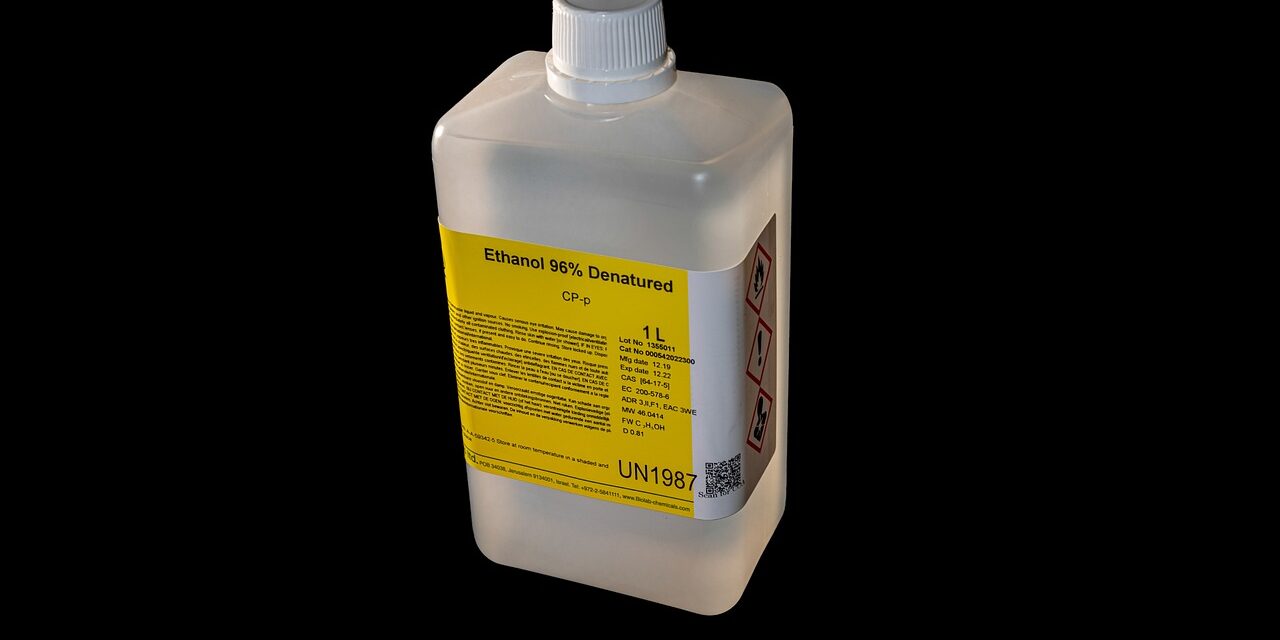Imagine living in a world without labels. Even small tasks, like taking the correct medication dosage or cooking your favorite prepackaged meals while deciding which foodstuffs to chuck in the trash while playing the guessing game with expiration dates would be a nightmare for the average consumer. And what about canned goods? Remember the seething frustration of finding a shiny metallic can without a label in the cupboard? Do you bring out the rusty can-opener to open up Pandora’s Box of the lone can without a label? Its contents could be peaches, or it might be a slimy cream of spinach. Do you dare cross the culinary line between bargain delight or the adulterated botulism that awaits? With that same putrid consternation in mind, consider the ramifications of unlabeled chemical containers.
Most carbonated beverages come with a “contents under pressure” advisory in fine print below the lid. We all know better than trusting a can of Mountain Dew that we found rolling around on the sunbaked floorboards of the family sedan. Jostled cans spew sugary syrup in cluster bomb fashion once we pop the top on the liquid powder keg. Mislabeled chemical containers pack a punch of several magnitudes greater than the average soda can. Their volatility is unmatched compared to ethanol and benzene, which is why OSHA strongly advises against pressurizing flammable chemical tanks to extract their contents. While every consumer should be wary of any unlabeled product, guessing with dangerous chemicals can lead to a hazmat response that a paper towel can’t sop up.
Federal Legislation Address Small Container Chemical Labels

OSHA loves rules. The federal agency tasked with worker safety is constantly making standard revisions protecting workers. OSHA’s latest revision concerns chemical labeling provisions for small containers. Many manufacturers will disregard small chemical containers believing such minute qualities pose little harm with minimal potency beneath the lid. Unfortunately, most dangerous chemicals in smaller containers come in concentrated homogenous mixtures, meaning even smaller quantities can cause irreparable harm. Other OSHA chemical labeling revisions also includes revised standards for updating labels and criteria for classification of certain health and physical hazards. Furthermore, new provisions now exist related to trade secrets and technical amendments related to the contents of safety data sheets.
The updated standard will require labels on small packaging to be more comprehensive and readable and makes changes to help ensure trade secrets no longer prevent workers and first responders from receiving critical hazard information on safety data sheets, an OSHA press release states. Workers will also benefit from other changes in the updated standard, including a clearer hazard classification process to provide more complete and accurate hazard information on labels and safety data sheets; updated physical hazard classes to better inform users on safe handling of explosives, aerosols and chemicals under pressure; and updated precautionary statements on how to safely handle, store and dispose of hazardous chemicals.
OSHA is giving chemical manufacturers and ancillary industries from Jan. 19, 2026, to July 19, 2027, to meet revision requirements. Failure to adhere to chemical labeling revisions could result in hefty civil penalties along with the increased propensity for workplace accidents.
Chemical Labeling Enhances Compliant Storage

U.S. Hazmat Storage complements OSHA’s tutelage in accountability by offering segregated chemical storage that streamlines storage for incompatible materials. Mislabeled chemicals can also become a logistical nightmare for inventorying and product procurement. Our fire-rated chemical storage lockers provide compartmentalized storage under one roof behind superior steel paneling and welds. Proper chemical labeling and segregated storage go hand-in-hand. How will you know where to store dangerous chemicals without proper labeling? We have decades of industrial experience, so we can also assist with disposing of mislabeled chemicals requiring hazardous waste storage accommodations. Our experienced building advisors will astutely assess your chemical storage needs before presenting the chemical storage options best suited to alleviate your storage dilemmas. Contact us today for a free quote and consultation.


